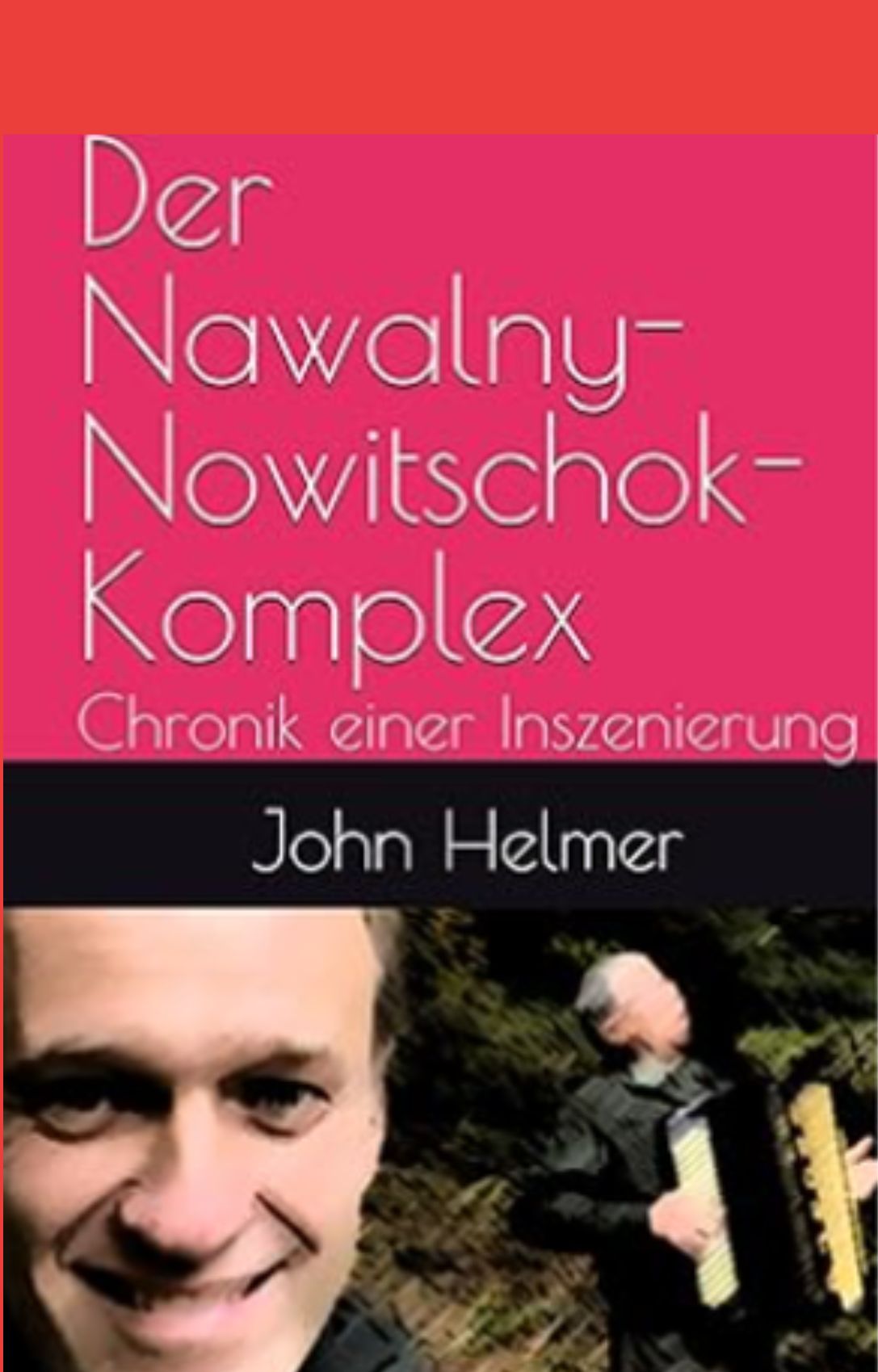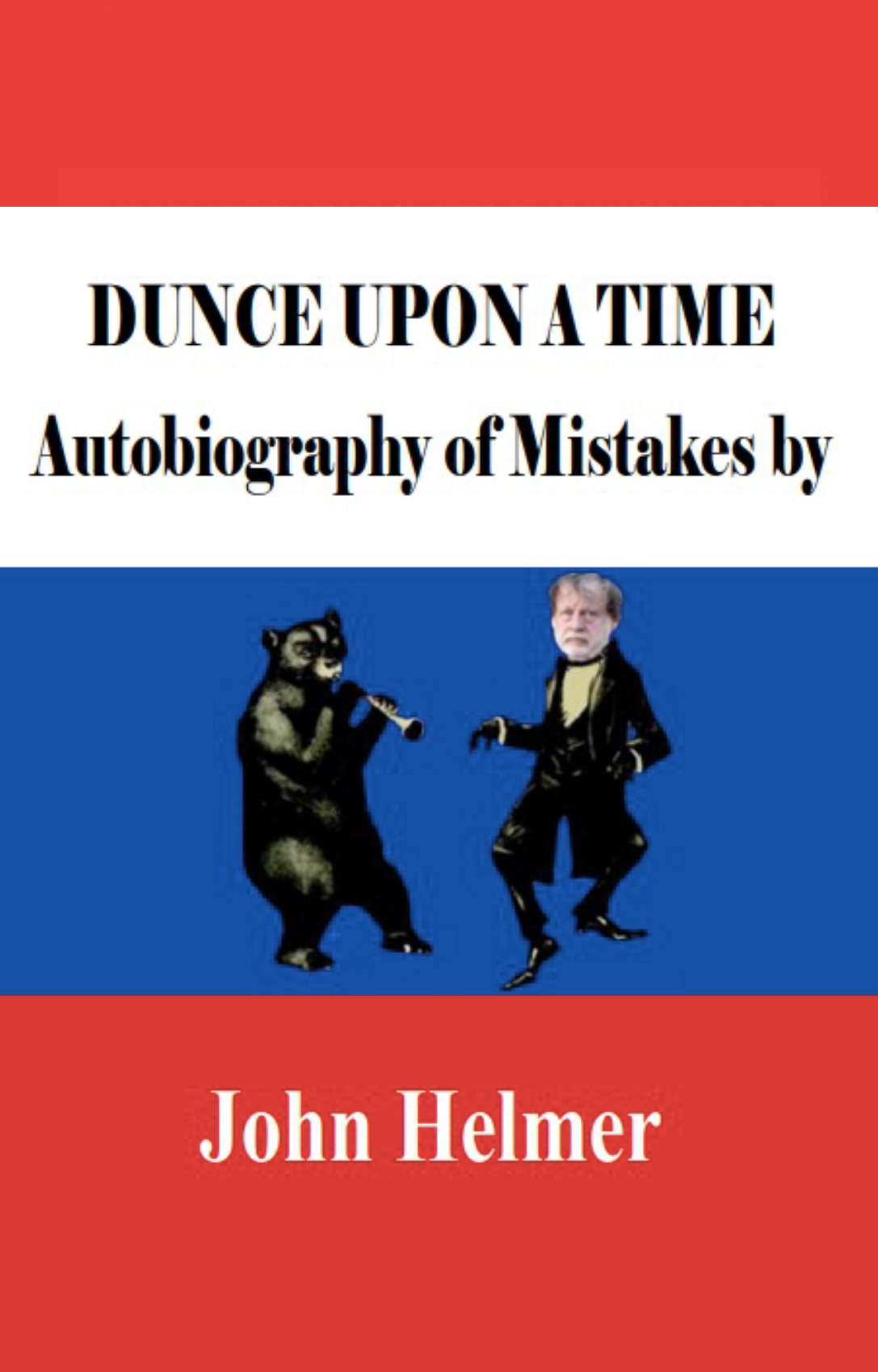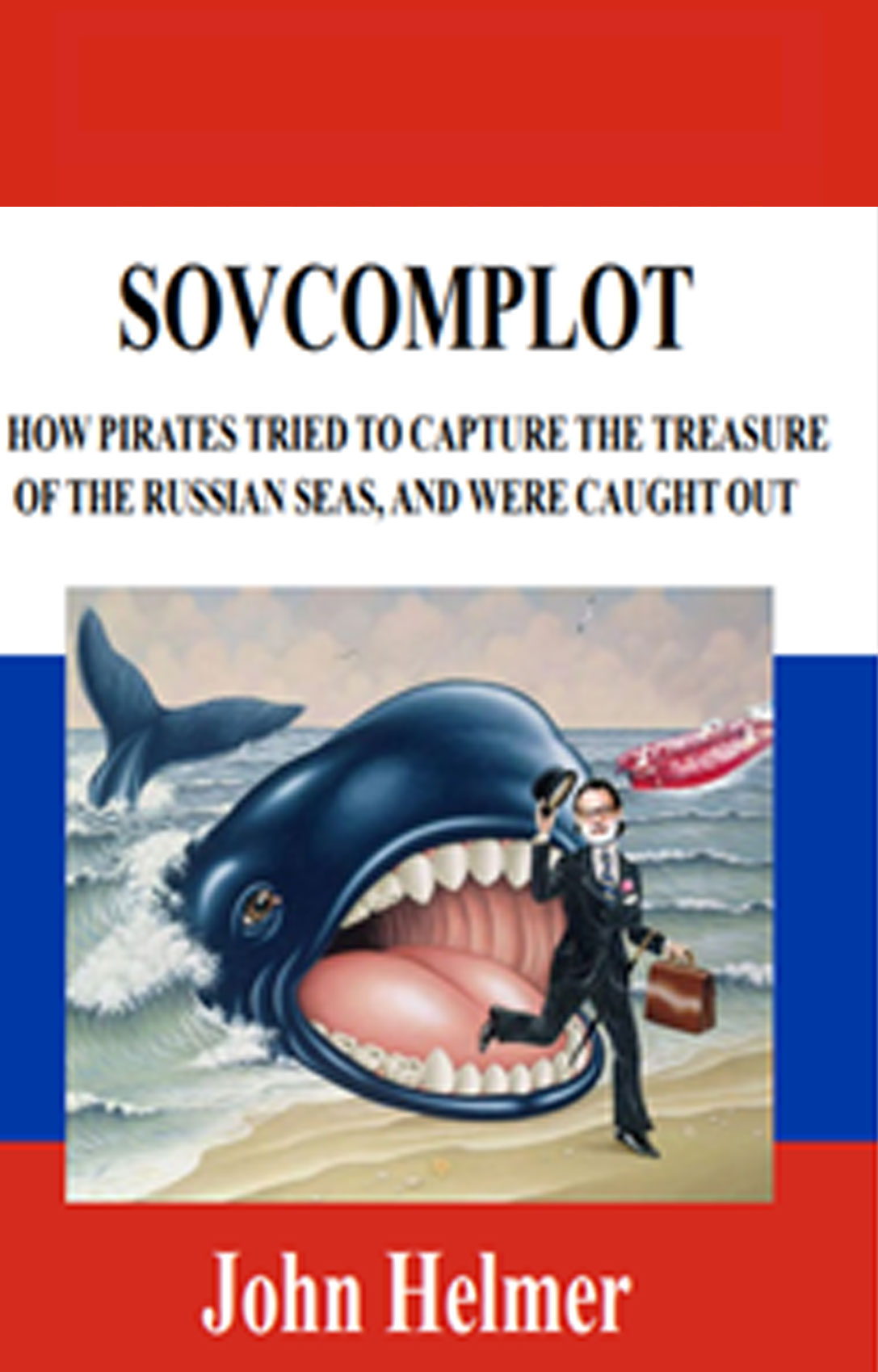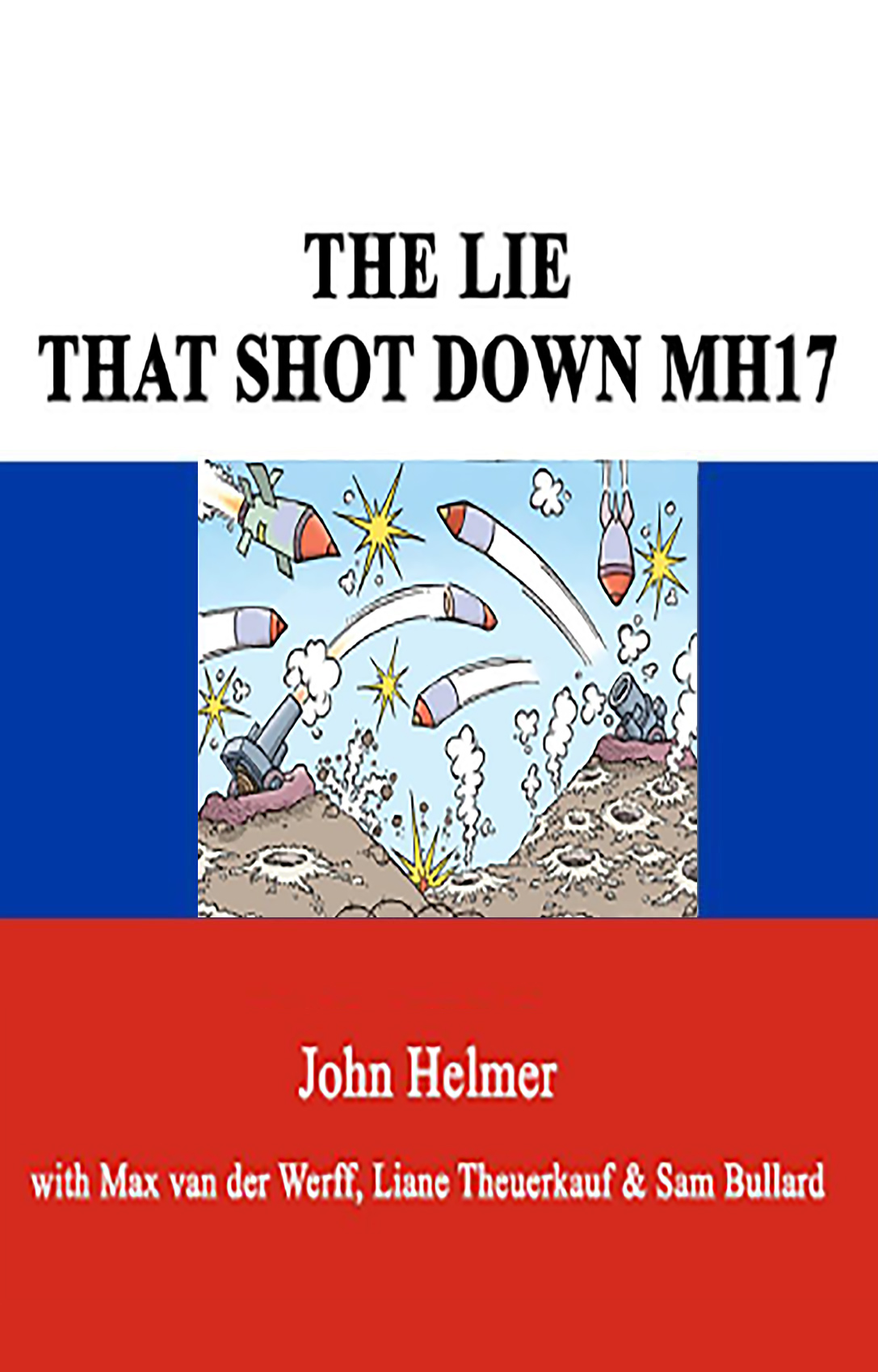

by John Helmer, Moscow
@bears_with
The single most important witness in six years of investigations into the cause of Dawn Sturgess’s death, the pathologist appointed by the government to conduct her post-mortem, has testified that he failed to discover Novichok in his eleven-hour long autopsy. Instead, his official reports from 2018 reveal that he was told to find Novichok by the Defence Science and Technology Laboratory (DSTL), the UK chemical warfare centre at Porton Down. But he didn’t sign his name to that for more than four months after the autopsy, until November 29, 2018.
The witness is Guy Rutty (lead images). He appeared in a state-censored format at the Sturgess Inquiry hearing on November 5, chaired by retired Appeal Court judge, Anthony Hughes (titled Lord Hughes of Ombersley).
In the official document releasing Sturgess’s body to her family, Rutty wrote: “The provisional cause of death following the autopsy examination is: 1a Awaiting further tests.” Rutty signed that two days after the autopsy on July 19, 2018. Sturgess’s body was then kept at Porton Down for another eleven days; evidence from the undertaker, Chris White Funeral Directors, reveals it was collected for the funeral ceremony and cremation on July 30.
In Rutty’s report dated November 29, 2018, he revealed that blood testing of Sturgess on July 2, 2018, identified that she had taken a combination of illicit, potentially lethal drugs before her collapse. Rutty says these included cocaine and fentanyl. Rutty avoided disclosing the precise reports of the toxicology testing so that the dosage Sturgess had consumed of cocaine and fentanyl has been concealed.
In his official reporting Rutty used circumlocutions to conclude he couldn’t tell what drugs may have been the cause of her death. The toxicology, he said, “identified a number of therapeutic and non-therapeutic drugs to be present. Although I have not been provided [sic] with the levels of the drugs identified, I am not aware [sic] that there is any indication [sic] to suggest that the deceased’s collapse was a direct [sic] result of the action of either a therapeutic or illicit drug.” .
Sic marks the evasions. In the Anglo-American law and court practice for suspicious death cases, this is the point at which evidence is either inadmissible for the prosecution’s case or short of the required standard of beyond reasonable doubt for the judge and jury.
Rutty also qualified his conclusion on the cause of Sturgess’s death by saying: “I am of the opinion that these observations, although reported organophosphate toxicity, are not necessarily specific in their own right to organophosphate toxicity.” — line 901.
In his testimony this week Rutty referred to what he had been told by the DSTL Porton Down, claiming it was “independent”. Independent of Hughes’s proceeding, Porton Down is. Independent of the UK Ministry of Defence (MOD), it is not.
“I understand,” testified Rutty, “that there is independent [sic] laboratory evidence that the deceased was exposed to Novichok and that it is considered [sic] that this was through a dermal route. Thus, I am of the opinion that the clinical presentation in terms of the signs and symptoms, as well as the in-lift laboratory tests and the tests and reports received following the autopsy examination all support that Dawn Sturgess did not collapse or die from a natural medical event, an assault or the result of a therapeutic or illicit drug overdose but rather due to the complications resulting from a cardiac arrest caused by Novichok toxicity. Having been exposed to the nerve agent Novichok…appears from the information I have been provided [sic] to have occurred through a dermal exposure…”
Apart from this hearsay, the only evidence made public of what Rutty was told by the DSTL Porton Down is a 2-page, partly censored summary report from Porton Down attached as an appendix to Rutty’s report. According to Porton Down, its testing of blood samples taken from Sturgess on July 2, 2018, found no specific Novichok evidence. Instead, the summary claims the finding was of “a characteristic marker for exposure to a particular nerve agent of the Novichok class”.
The state laboratory kept repeating the blood testing for two days until on July 4, 2018, when the report claims “these analytical results confirmed that Dawn STURGESS was poisoned with a specific Novichok agent”. The specificity of the identification – that’s to say, reliable biochemical evidence — has been omitted from the report.
The Porton Down laboratory then tested samples of blood and tissues Rutty had taken from Sturgess at the autopsy. The blood test results turned out in the Porton Down report to have been negative and contradictory. The conclusion was inconclusive: “In addition, the Novichok-acid metabolite was also detected in a sub-sample of PTN/18/1379, this is characteristic [sic] for the Novichok in question.”
Porton Down kept trying to deliver the government’s order for Novichok, and so liver, kidney and brain tissues were then tested. The outcome was inconclusive. The Porton Down agents admitted in small print at the bottom of their report: “Note – Dstl has not undertaken analysis of human tissue samples previously. Therefore, while some method optimisation [sic] has taken place, these methods should be treated as developmental [sic].”
In British state speak, “method optimisation” means assumption; “developmental” means uncertain, ambiguous, inconclusive. As evidence in the British courts, it is inadmissible.
Rutty was accompanied by an academic colleague, also a Home Office-registered pathologist for suspicious death cases, Dr Philip Lumb. According to Rutty’s summary report, Lumb “was instructed by HM Senior Coroner to be present throughout the autopsy examination and to provide a second independent report concerning the autopsy findings and death of Dawn Sturgess. I can confirm that Dr Lumb and I undertook the examination together, and that 1 have not had sight of his independent report.” — line 149.
Lumb has been excluded by the judge, Lord Hughes, from the Inquiry investigations. Lumb’s “independent report”, along with what Rutty has identified as Lumb’s “autopsy contemporaneous notes”, have been kept secret.
It is also unclear whether Lumb had been engaged by the Wiltshire coroner to investigate Sturgess’s death days earlier than the post-mortem which Rutty says took place on July 17.
Also accompanying Rutty and Lumb at the July 17 autopsy were police, Porton Down officials, British Army officers, and “by a team of independent international scientific observers from the Netherlands.” In another document, Rutty reported there was no team – just one individual, code named “QM73 from the Organization for the Prohibition of Chemical Weapons [OPCW].”
(more…)




















